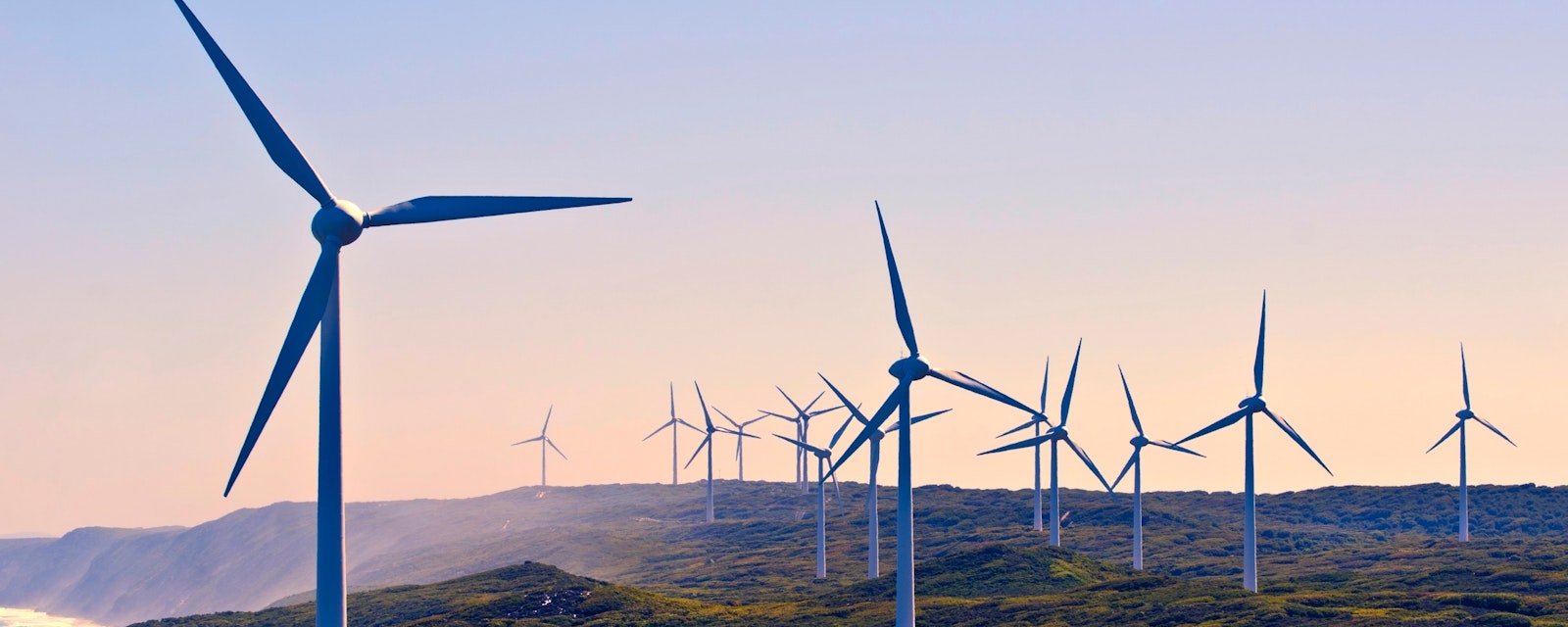On 30 March, after weeks of negotiation between Australia’s Labor government and The Greens, the Safeguard Mechanism (Crediting) Amendment Bill 2023 passed both houses of parliament.
The legislation is the second major pillar of the Albanese government’s climate change policy architecture. The first was its move in August 2022 to enshrine Australia’s emissions reduction targets in law, requiring Australia to reduce its emissions by 43 per cent compared to 2005 levels by 2030, and achieve net-zero by 2050.
What is the Safeguard Mechanism
Introduced in 2016, Australia’s safeguard mechanism requires large emitters to keep their emissions at or below baseline levels set by the Clean Energy Regulator. It applies to facilities emitting more than 100,000 tonnes of carbon dioxide equivalent per year. At present, this includes 215 of the country’s largest emitters, who together account for approximately 30% of Australia’s emissions.
Since its inception, the baselines set under the safeguard mechanism have been near business-as-usual levels for large emitters, which is unsuited to meeting Labor’s legislated climate goals.
What Does the Amendment do?
The reform will see baselines under the safeguard mechanism reduced every year by an average of 4.9%, with the potential for higher civil penalties to be applied in cases of non-compliance. The practical effect of this will require emitters covered by the safeguard mechanism to reduce their emissions by approximately 30% by 2030.
A central objective of The Greens throughout negotiations was to halt any new coal or gas projects. While they were unsuccessful in these efforts, they did secure several significant concessions in exchange for their crucial support. These include (but are not limited to):
- A “hard cap” or ceiling on absolute emissions at the present level of 140 million tonnes per annum, with a legislated intent to reduce that figure to 100 million tonnes by 2030.
- A requirement for the Climate Change Minister to assess a new or expanded project’s impact on the hard cap and net carbon budgets.
- A requirement for new gas fields supplying existing LNG facilities to be treated as new facilities, ensuring they are given baselines that align with international best practice (net-zero).
- A requirement for safeguard facilities to justify the use of offsets that exceed 30% of the baseline requirements.
Implications
In passing the safeguard mechanism amendment, Labor remains on track to achieve its 2030 goal of reducing emissions by 43% compared to 2005 levels. Had they failed, Labor had projected reductions of only 35% over the same period.
For companies that fall under the safeguard mechanism, compliance with the new scheme will become more challenging and expensive. This is not only due to scheduled baseline reductions, but also due to the reduced ability to offset with carbon credits. Large emitters have traditionally relied heavily on offsets to meet baseline targets. While no limits have been placed on the use of Australian carbon credit units (ACCUs) under the amendments, increased transparency around their use will drive large emitters to seek alternative methods of abatement.
Furthermore, with ACCU integrity a major issue for key climate-focused parliamentarians, the supply of ACCUs is likely to be reduced in the future, driving costs higher. For investors, The Greens have claimed that the increased costs imposed on new coal and gas projects will see almost half of the 116 coal and gas projects currently proposed discontinued as they become financially unviable.
This likely overstates the implications. The amendments to the safeguard mechanism, in conjunction with growing concerns about climate-risk, future demand for fossil fuels, ongoing price regulation and significant uncertainty about the availability and cost of carbon credits, will have ongoing and growing impacts on the gas sector, which is receiving mixed messages from the government on its role in Australia’s energy transition.
Finally, there are geostrategic and geoeconomic implications that will flow from Australia’s pivot away from fossil fuels. Many of Australia’s most significant regional relationships – including with Japan, South Korea, and China – are underpinned by Australia’s ability and willingness to provide stable and secure resource exports. While the safeguard mechanism will not stop coal and gas exports, trading partners will need to calibrate and account for Australia’s emerging policy and regulatory trajectory.
These concerns have been bluntly highlighted by Japan’s Ambassador to Australia, Shingo Yamagama and Inpex CEO, Takayuki Ueda. Ueda has said, “Australia’s quiet quitting of the LNG business has potentially very sinister consequences … the question of who will replace Australian supply into the market is front and centre. Alarmingly, the ‘inconvenient truth’ is most likely that Russia, China and Iran fill the void.”
What's Next
The Greens plan to fight any new coal and gas projects that proceed despite the safeguard mechanism’s amendments, and their position in the Senate will enable them to extract further concessions. As part of their agreement with the government, The Greens have secured a review into the establishment of a possible Australian carbon border adjustment mechanism to prevent carbon leakage from overseas competitors operating without carbon costs.
The government is yet to implement all the recommendations of the Chubb Review into Australian Carbon Credit Units. Questions about their use and integrity will persist, with The Greens securing a further independent audit into ACCUs generated by “Human Induced Regeneration.” The Albanese government is not yet 12 months into its significant overhaul of Australia’s climate and energy policy. With the country’s energy transition still nascent, many challenges still lie ahead for the government.





